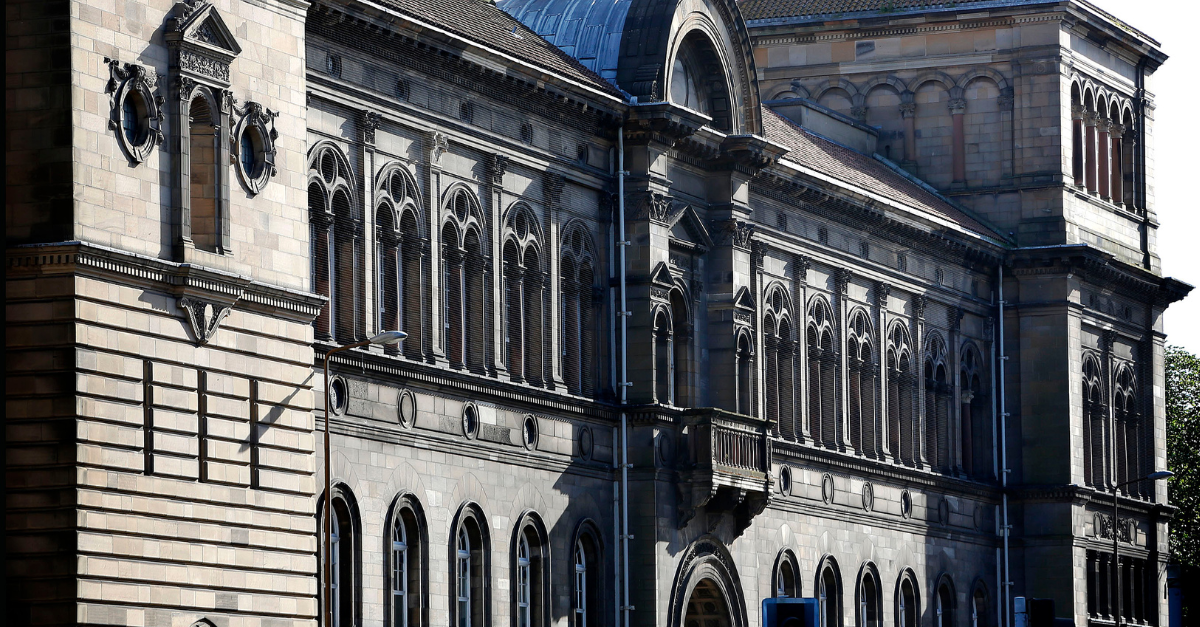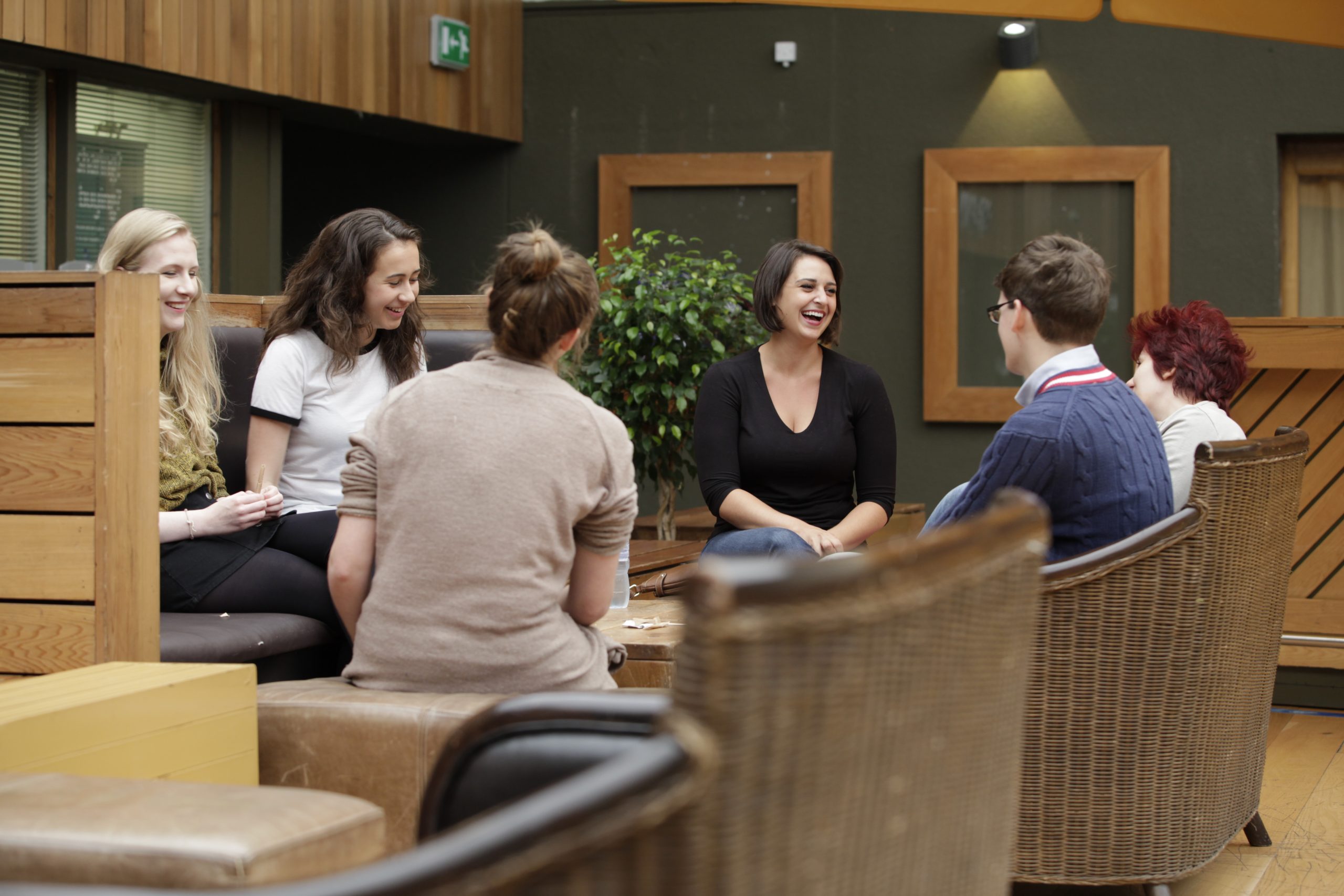Tag: classics
In this blog post, Tessa Warinner, wellbeing adviser at the School of History, Classics, and Archaeology, discusses ‘Burnout’ – a rising concern in academia. Tessa discusses what it feels like, its prevalence, impact, and signposts helpful resources for managing it. This post belongs to the Hot Topic theme: Critical insights into contemporary issues in Higher Education. I’m […]
In this post, Rose Day, Learning Technologist at the School of History, Classics, and Archaeology (HCA), highlights the HCA TEL Learn Ultra Showcase. The showcase features some of the innovative courses and provides insightful commentary from course organizers and learning technologists who played pivotal roles in their development. This post also belongs to the Spotlight on Learn […]
Tanvi shares her experience of being an international student, and the supportive community of School of History, Classics and Archaeology. Student life in Edinburgh is colourful and multifaceted, and this is something that the University has continued to provide throughout my time as a student here. My experience at the School of History, Classics and Archaeology […]
One of the tried and tested ways of finding your feet at University is by joining a Society. Tristan – 3rd year MA (Hons) Ancient and Medieval History – started with a journal and ended up in Crete. Undoubtedly one of my biggest anxieties about enrolling at the University was whether I would fit in. […]
Much of university recruitment is aimed at school-leavers, but what if you are older or have been out of education for some time? Tristan – MA (Hons) Ancient and Medieval History – told us his story. In 2018, the University of Edinburgh launched its Access Programme as part of its Widening Participating Initiative. As a […]
Student Ambassador Tess (studying Classics and English Literature, MA Hons) takes a deep dive into how to approach writing essays. I think writing essays and academic papers are probably one of the more daunting tasks you’ll have to take on as a university student. I’ve spent the last three years trying to figure out a […]
One of our Student Ambassadors, Kate, tells us why she was interested in the role. New beginnings are some of the most exciting experiences of our lives. For me, the most exciting new beginning was when I uprooted myself from Lancashire in the North West of England and came to Edinburgh alone to begin my […]
Everything you ever wanted to know about essays but were afraid to ask by Student Ambassador Constance. Essay writing, love it or hate it, it is the metric by which we students are measured. Figuring out your ‘style’ is something of a journey and will inevitably include some painful marks to grow as a writer. […]
Edinburgh is a tourist hotspot but students can enjoy its attractions all year round. Ossana, a Student Ambassador, went to Rosslyn Chapel. The end of exams put me into a touristy mood. It is during these times, even more than usual, that I feel immensely glad that I chose to study in Edinburgh. The city […]







